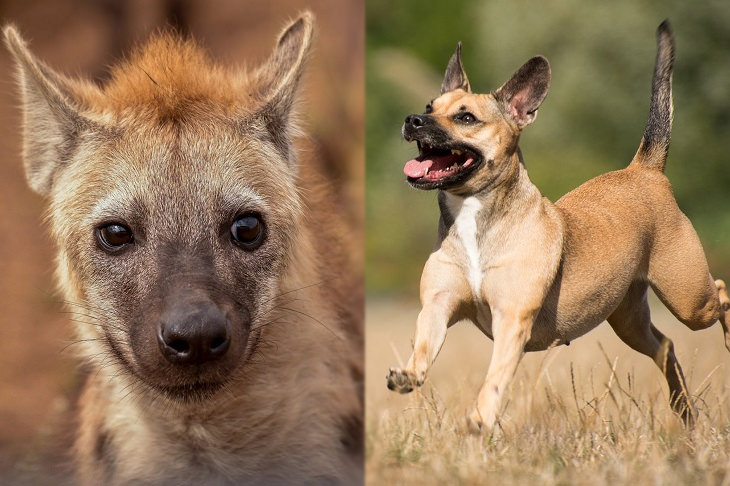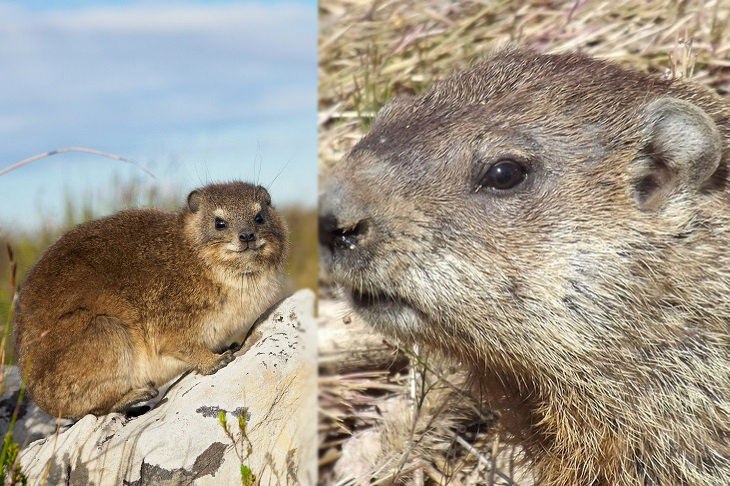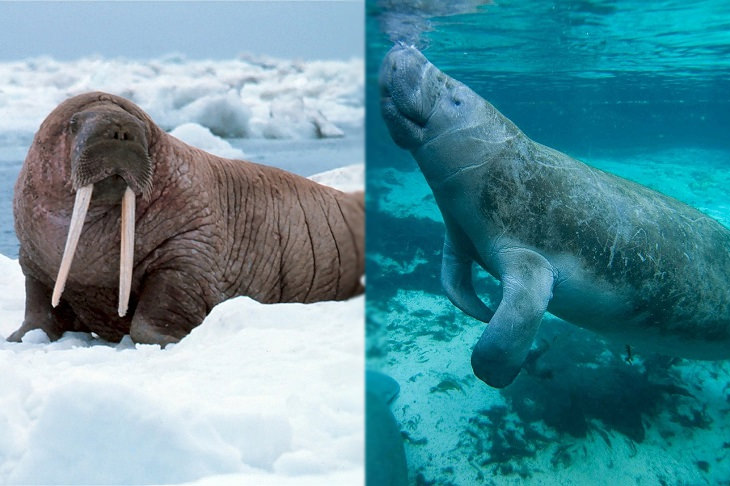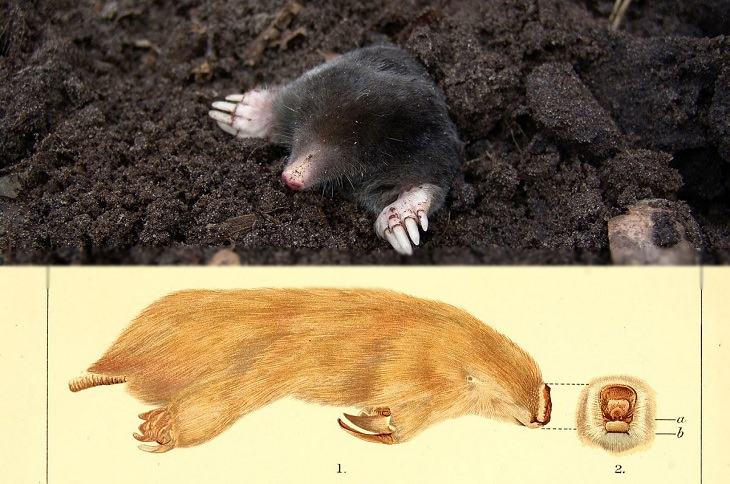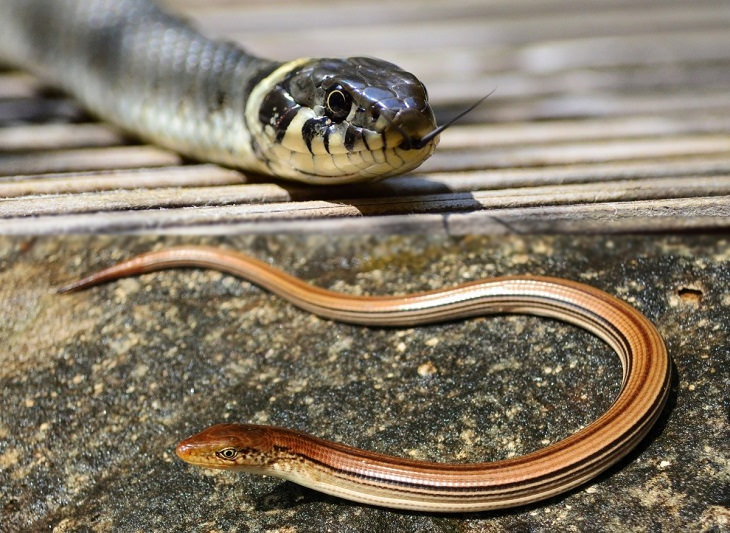1. The slow loris and the cuscus
These two tree-climbers are so similar that in the areas of Indonesia where both can be found, the locals cannot distinguish between the two and just call both cuscus. Both creatures are slow-moving, powerful climbers with unusually large eyes. But while lorises are primates, the cuscus is actually a marsupial possum with several monkeylike adaptations, such as opposable thumbs and a prehensile tail. Surefire ways to differentiate the two animals is that lorises have larger eyes and round pupils, while cuscus’ pupils are slit. Also, lorises lack a tail.
2. Armadillos and pangolins
For a very long time, scientists thought pangolins were related to anteaters and armadillos, and who can blame them? Armadillos and pangolins have a very similar build, complete with armor plating, a long snout and an even longer tongue, and fearsome claws that allow them to burrow into anthills and termite mounds. Surprisingly, not only are the two animals not related, the pangolin is actually more closely related to carnivores such as lions and wolves.
3. Hyenas and canines
Hyenas are predatory pack animals that run on four, can’t climb and have a tendency to yip. Because of that, many people are under the misguided assumption that hyenas are canines. While hyenas, dogs, and wolves all belong to the order carnivora, hyenas are actually more closely related to cats and mongooses, meaning their last common ancestor with canines was a small weasel-like animal that lived around 40 million years ago.
4. Hyraxes and marmots
Hyraxes are small herbivorous mammals that live in Africa and the Middle East and are very similar in appearance to rodents, particularly marmots and groundhogs. But hyraxes are not rodents, and stranger than that, their closest living relatives are elephants! Talk about family resemblance!
5. Walruses and manatees
Manatees and walruses are both massive, whiskered marine mammals, so it’s not surprising that many mistakenly believe manatees and dugongs are related to walruses and other pinnipeds (seals and sea lions). The truth is manatees, too, are more closely related to elephants and are strictly herbivorous, while walruses are carnivores, related to otters and bears.
6. Woodlice and pill millipedes
The woodlouse is a creature known all around the world for its defensive mechanism: rolling into an impenetrable ball. Different places have different name for this curious creature, including “roly-poly” and “pillbug”. The pill millipede is a substantially larger animal that is very similar in appearance and has the same defensive behavior. Neither of these critters is an insect, as the pill millipede is indeed a millipede, and woodlice are actually crustaceans, making them cousins to crabs and lobsters.
7. True moles and marsupial moles
The marsupial mole is an incredibly elusive Australian animal that is very rarely seen above ground and has never been successfully held or studied in captivity. Despite similar burrowing habits, marsupial moles couldn’t be more genetically distant to true moles, belonging to the family of marsupial pouch animals. While moles have very poor eyesight, their Australian doppelgangers have them beat on that account, as their eyes are vestigial organs buried under the skin.
8. Snakes and glass lizards
Glass lizards have no limbs, slither on the ground, hiss when threatened and bite anyone who tempts their luck. Sounds a lot like snakes, but glass lizards are only distantly related to cobras and vipers. While a snake’s body is comprised mostly of its abdomen, legless lizards are almost all tail. Also, glass lizards have an inflexible jaw, meaning they are restricted to eating things smaller than their mouth.
9. Pumas and lions
Pumas are known by many names, including cougar and mountain lion, and they are the fourth largest cats in the world, after jaguars, lions, and tigers. But while the resemblance to lions is undeniable, mountain lions are actually more closely related to your house cat than they are to lions and other panthers. Regardless of their substantial size, pumas are classified as “small” cats, and this is most evident in their vocalizations. Pumas are incapable of roaring but are able to meow and purr, something big cats cannot do.

